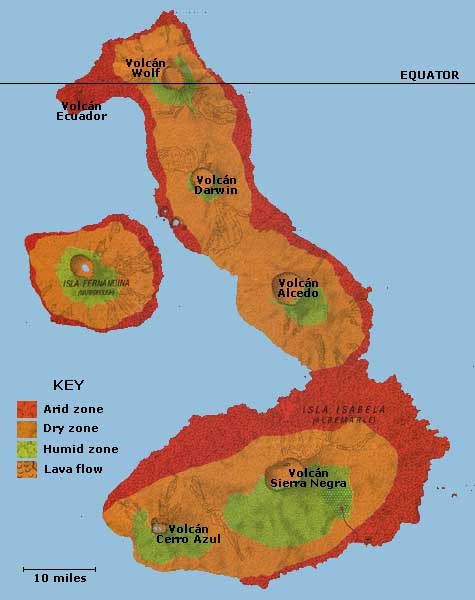
#Pinta island map manual
The second approach was a manual analysis. “Every biochemical lesson you learn from one species, you could probably apply it indirectly to another.” “Humans and tortoises shared a common ancestor around 300 million years ago, so despite their visual differences the species still share a lot of genes,” Quesada said. They tried to predict all the genes present in the giant tortoises using an algorithm that compared their genomes to known gene sequences from Chinese softshell turtles and humans. The first was an “automatic approach,” Quesada said.

The Human Genome Project, an effort to map all genes in the human genome completed in 2003, took nearly 15 years from planning to sequence completion and cost $2.7 billion - well out of the budget for a tortoise conservation project. Sequencing a genome involves figuring out the order of every DNA base in an organism’s cells. When Adalgisa ‘Gisella’ Caccone began trying to assemble the complete set of Lonesome George’s genes in 2010, the technology was slow and expensive. With the new insight into turtle biology, the researchers also hope this analysis might help prevent the long, lonely end of the world’s remaining giant tortoises. They found a set of genetic adaptations related to cancer suppression, DNA repair and inflammation, laying the groundwork for future experiments into the mechanics of aging. In a new study published Monday in Nature Ecology and Evolution, the researchers sequenced Lonesome George and his fellow giant tortoises’ genes to compare the common genetic links among other long-living animals - such as naked mole rats, bats, some species of whales and humans. Now, researchers are using the iconic tortoise’s genetic material along with DNA from another long-lived turtle, the Aldabra giant tortoise, to better understand what it takes to live a long life. During the 40 years that followed - until his death in 2012 - Lonesome George was believed to be the only Pinta giant tortoise on the planet. When a researcher spotted the nearly five-foot-long reptile roaming Pinta Island in 1971, his species had been thought extinct for decades.

Lonesome George, a wizened Galapagos giant tortoise, was the last of his kind.


 0 kommentar(er)
0 kommentar(er)
